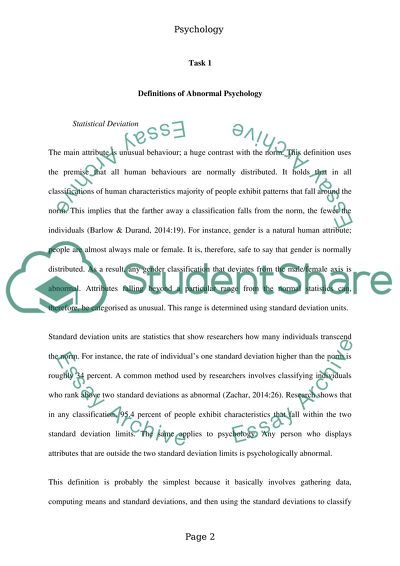Cite this document
(“Definitions and treatment of Psychological Abnormality Essay”, n.d.)
Definitions and treatment of Psychological Abnormality Essay. Retrieved from https://studentshare.org/psychology/1685510-definitions-and-treatment-of-psychological-abnormality
Definitions and treatment of Psychological Abnormality Essay. Retrieved from https://studentshare.org/psychology/1685510-definitions-and-treatment-of-psychological-abnormality
(Definitions and Treatment of Psychological Abnormality Essay)
Definitions and Treatment of Psychological Abnormality Essay. https://studentshare.org/psychology/1685510-definitions-and-treatment-of-psychological-abnormality.
Definitions and Treatment of Psychological Abnormality Essay. https://studentshare.org/psychology/1685510-definitions-and-treatment-of-psychological-abnormality.
“Definitions and Treatment of Psychological Abnormality Essay”, n.d. https://studentshare.org/psychology/1685510-definitions-and-treatment-of-psychological-abnormality.


